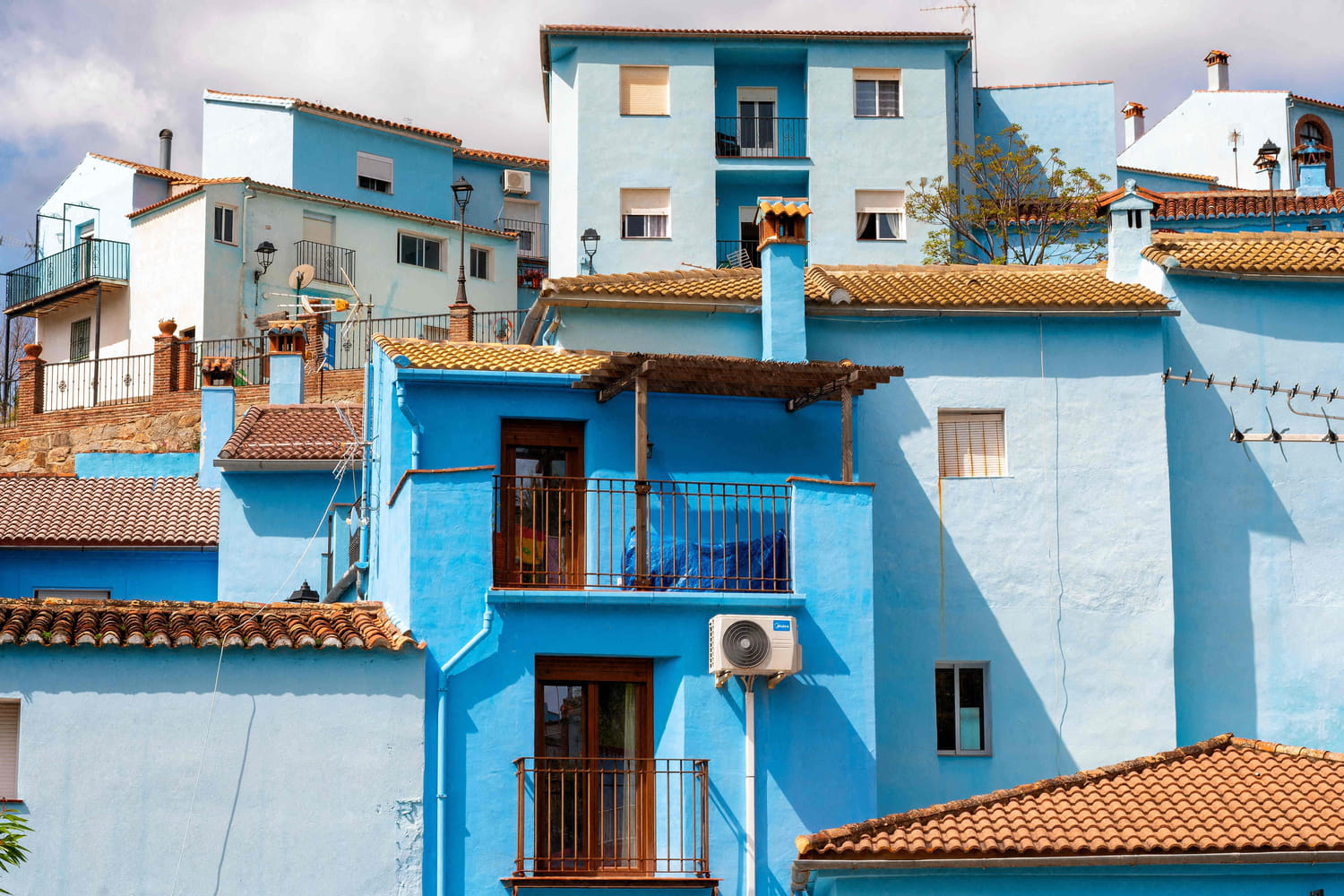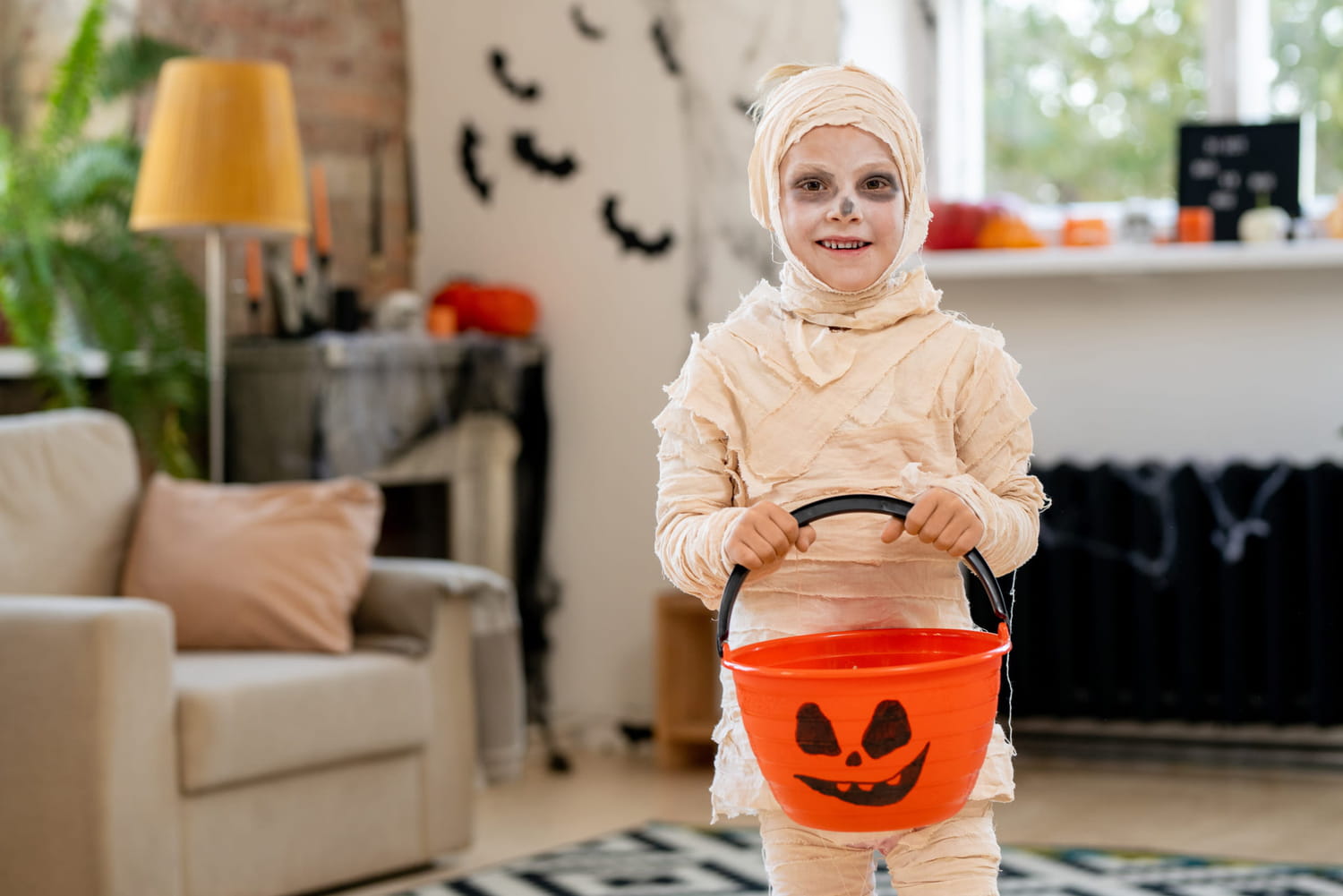Monsters, gloomy settings, disturbing atmosphere… Halloween seems made to scare. However, if children love it, it is no coincidence, explains psychologist Vincent Joly.
In the collective imagination, Halloween ticks all the boxes for a spooky, family-friendly holiday. Young and old slip into the skin of monstrous creatures, while the houses are adorned with dark decor. The objective? Create a terrifying atmosphere and scare yourself by all means, including among the youngest: from the age of 6-7, some children appreciate this “terror” character. They like to scare each other on Halloween, but then why?
Historically, as Vincent Joly, psychologist and psychotherapist in Paris, reminds us, Halloween is linked to All Saints’ Day, the feast of the dead, and originally to Samhain, an ancient pagan celebration where, according to belief, the world of the living and that of the dead came together. However, death is a fairly taboo subject from which parents generally try to protect young ones to avoid scaring them. Knowing almost nothing about it, “children need to explore, understand and confront what is hidden from them”, the specialist explains to us. This is how they defy these “prohibitions” by disguising themselves as monsters or the living dead, while scaring each other.
Slightly older children do it too, the reason is different. They frighten each other, because they feel joyful fear on Halloween, “which is surprising on the one hand, because they have fun and laugh on a rather particular theme”, notes the expert. However, older people have control over this fear. “The scary side of Halloween is ultimately quite festive for them. They play, in a way, in an active way of putting themselves in danger for fake things. It is not a danger or anxiety that they experience and it is therefore less frightening for them”, he adds. Also, to a certain extent, children use this party “to showcase the part of themselves that is dark, more instinctual, that they hide the rest of the time. Which is also a major issue during the adolescent period”, underlines Vincent Joly. They finally allow themselves to show another side of themselves on Halloween, in a way “joyful” by wearing a mask or disguise.
This playful presentation of fear also allows them to better understand their emotions: by laughing after a shiver or a cry, they learn to distinguish real fear from fictitious fear. Halloween thus becomes a ground for emotional experimentation, where we play at growing up without realizing it. Finally, if you’re wondering about toddlers, the stakes are generally not the same on Halloween. What they look forward to above all are the sweets and the festive aspect of the day.








